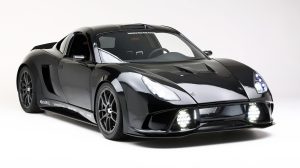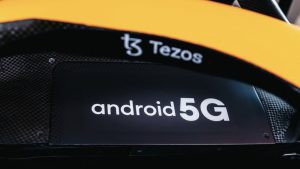When the Porsche 918 Spyder was first introduced, it was a unique car. In addition to being one of the very few Porsche hypercars, this plug-in hybrid model marked Porsche’s entry into the electrification market (via Stuttcars). The 2014-released Porsche 918 Spyder challenged icons like the Bugatti Veyron with its top speed of 214 mph and astounding 887 horsepower. It could accelerate from 0 to 62 mph in just 2.6 seconds. The 918 Spyder hybrid’s outstanding performance was made possible by the union of two 105-kW electric motors and a 4.6-liter V8 engine.
Porsche initially set the price of the 918 Spyder at $845,000, but after the car’s manufacture ended in 2015, it has risen sharply to about $2 million, as seen by listings on the duPont Registry. For Porsche and the whole automotive industry, the 918 Spyder was a unique vehicle. It not only continues to rank among the fastest production cars, demonstrating to the world that hybrid supercars can be just as excellent as, if not better than, their ICE counterparts, but it also had a significant influence on Porsche’s lineup and development approach.
The 918 Spyder’s days were always numbered because it was always planned to be a special-edition hypercar with a small production run. Each unit was even given a production number label to identify it. Porsche claims that just 918 units of the 918 Spyder were made, with the intended end of manufacturing being in December 2015. Given that it took Porsche 21 months to create only 918 of them, according to Porsche Colorado Springs, it was surely an expensive vehicle to develop and produce.
Porsche claims that the 918 Spyder is “a roadmap for the future,” and that it will employ the technology created during its manufacture to move the rest of its portfolio toward an electric future. The plug-in hybrid drivetrain and control algorithms are among the most notable technological advances mentioned. The all-electric Taycan was also given the regenerative braking technology from the Spyder, which was developed and can regenerate range at up to 290 kW. You can see how research and development from an $845,000 hypercar enhance the $86,000 production sportscar when compared to Tesla’s regenerative braking, which Elektrek claims can recover energy at up to 60 kW.






